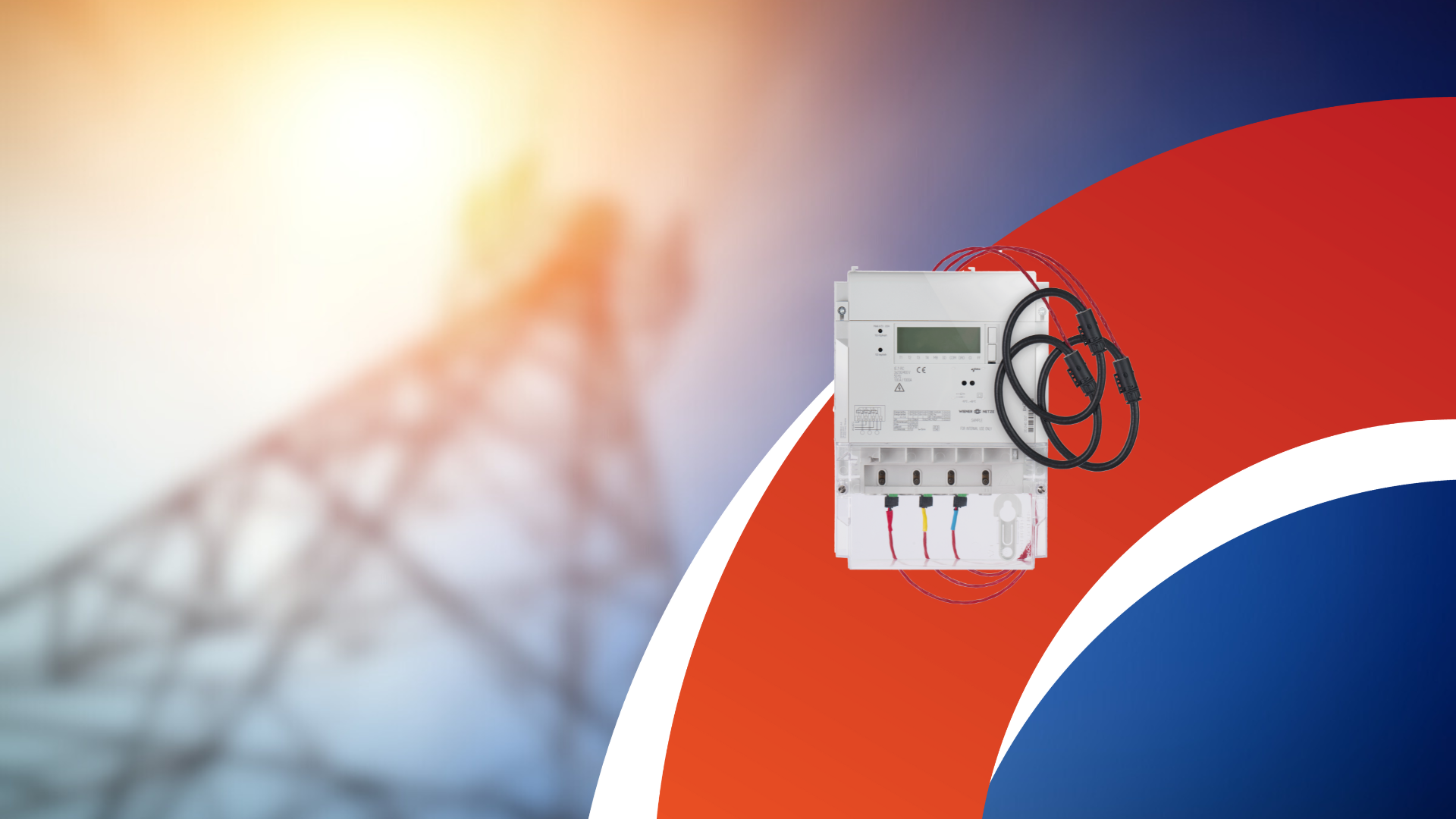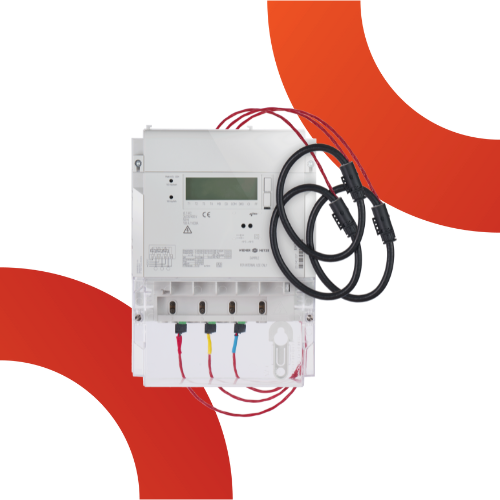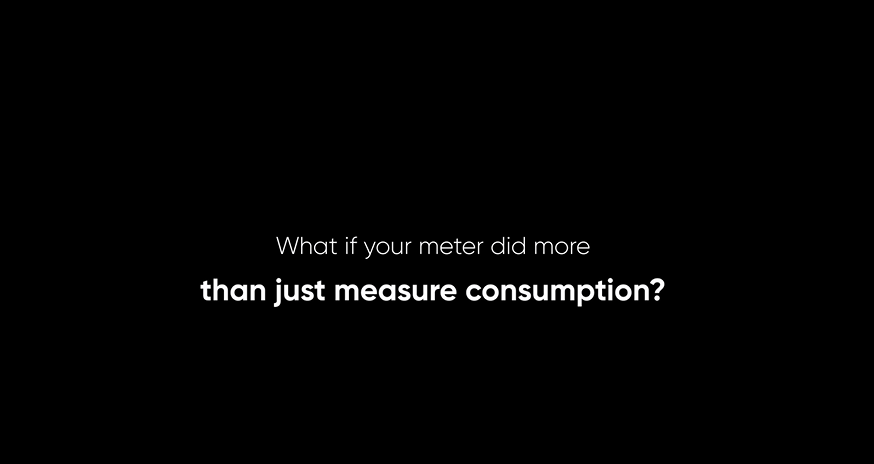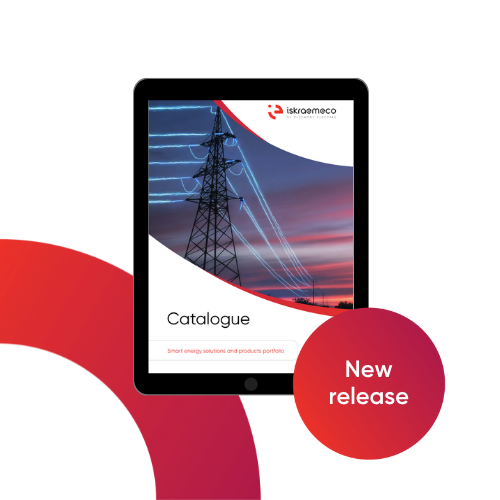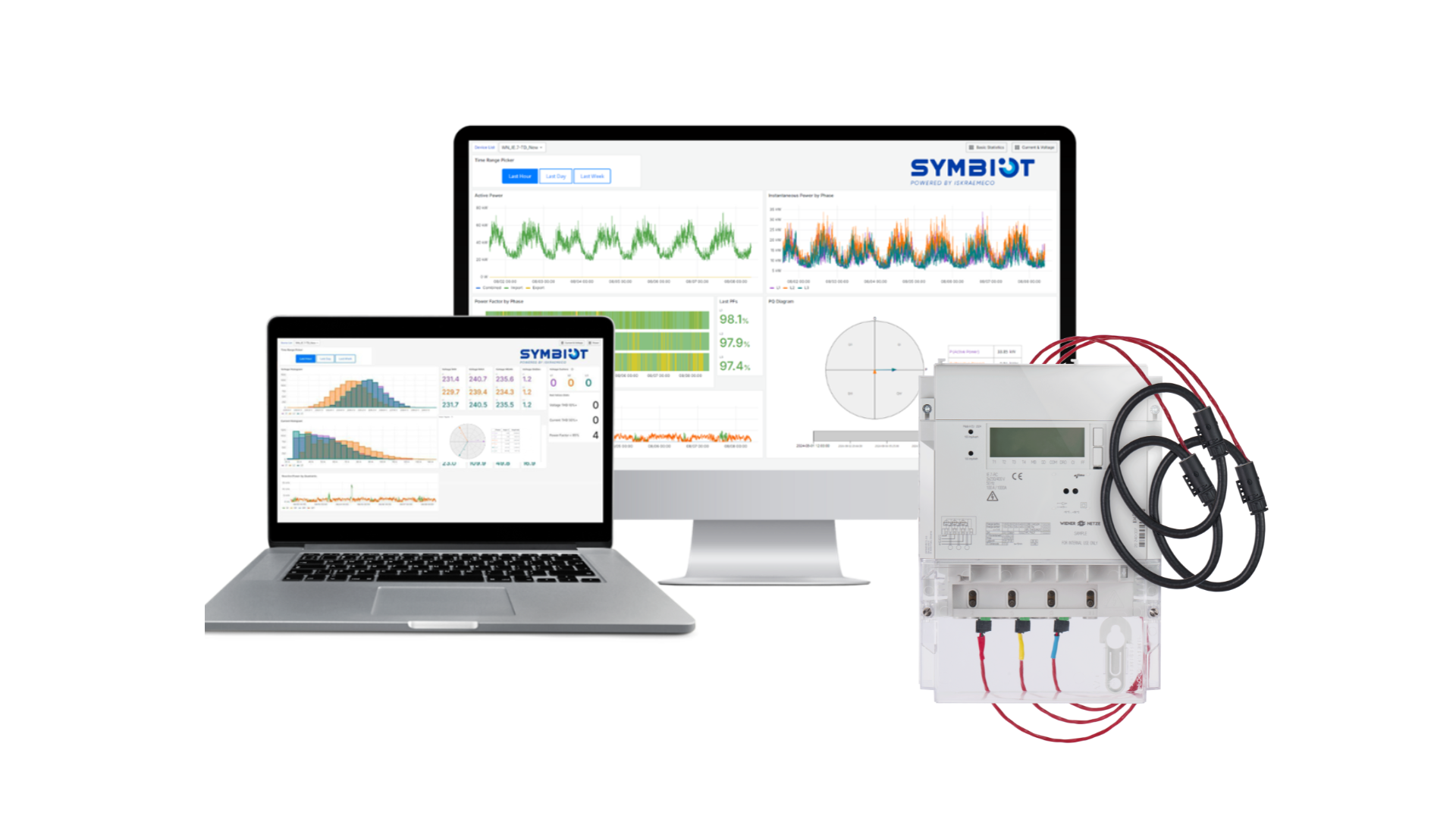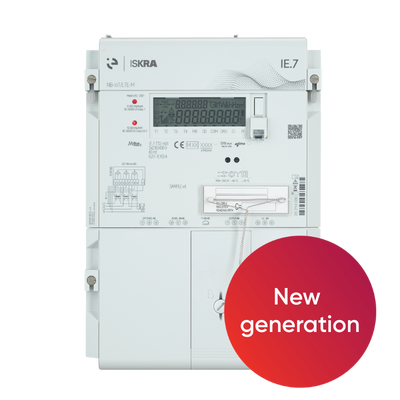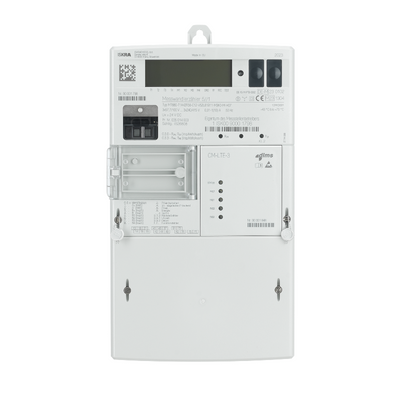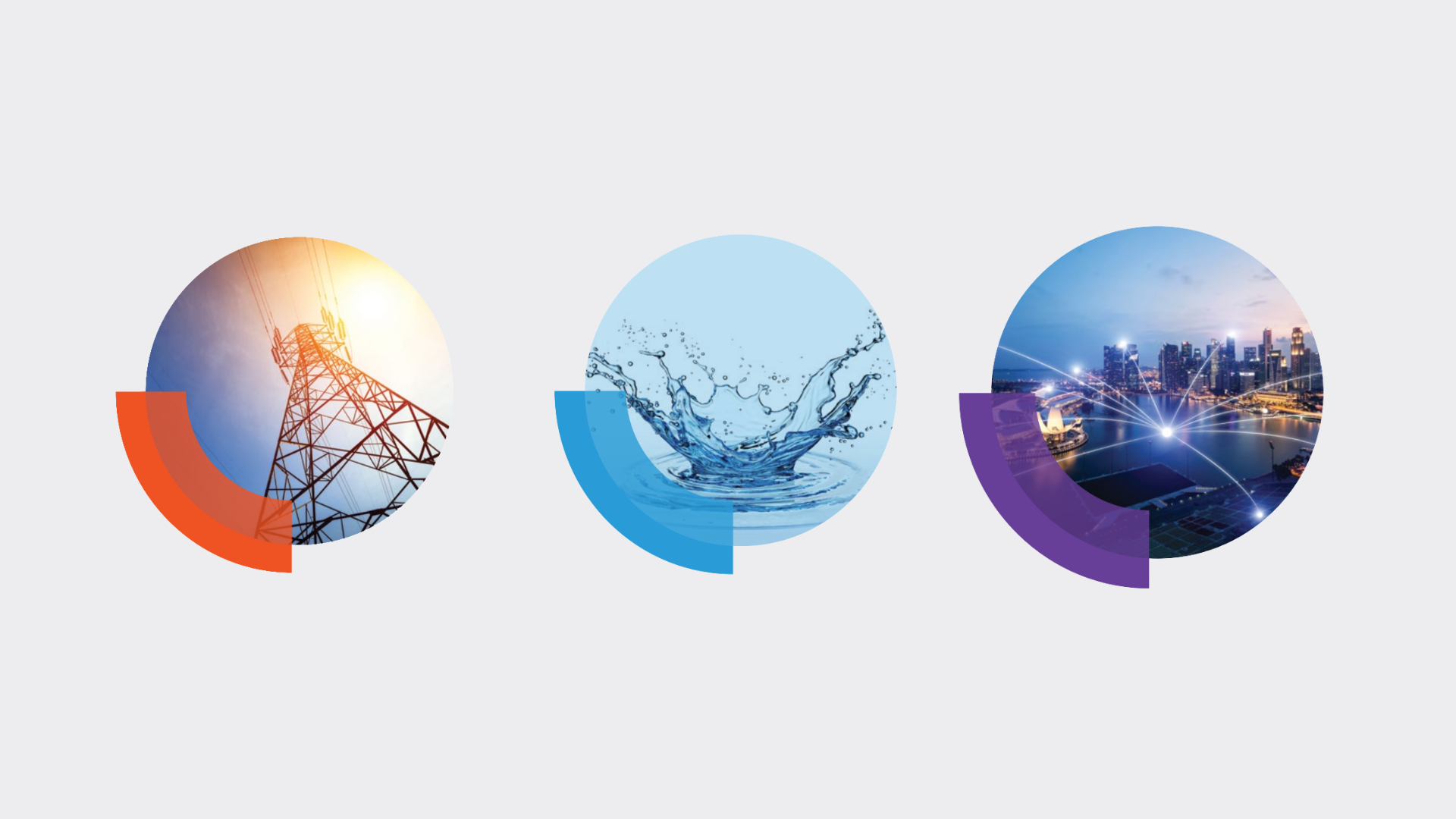The IE.7 RC utilizes a Rogowski coil – a flexible current sensor that simply wraps around the conductor, providing accurate measurements without the need for complex and time-consuming installation work.
- Retrofit solution for LV transformers: A simple and cost-effective way to add monitoring capabilities to existing low-voltage (LV) transformer installations without service interruptions.
- Grid monitoring: Real-time analysis of power quality indicator according to EN 50160, including voltage sags/swells, power failures, harmonics up to the 15th order, and THD.
- EDGE computing: IE.7 RC goes beyond monitoring — it controls PV systems, EV chargers, and heat pumps. With embedded EDGE computing, you can balance loads, optimize generation, and manage peak demand.
- Modular design: Field-exchangeable communication modules (ETHERNET, P1, RS485, I/Os) support future upgrades and integrations.
- Grid monitoring: Power quality indicator according to EN 50160 (voltage sags and swells, power failures, magnitude of supply voltage, voltage and current harmonic analysis up to 15th harmonic, THD).
- Additional features (beyond EN 50160): real-time monitoring and analysis of: over/undercurrent, over/underpower (active/reactive, consumption/generation), power factor, THD.
